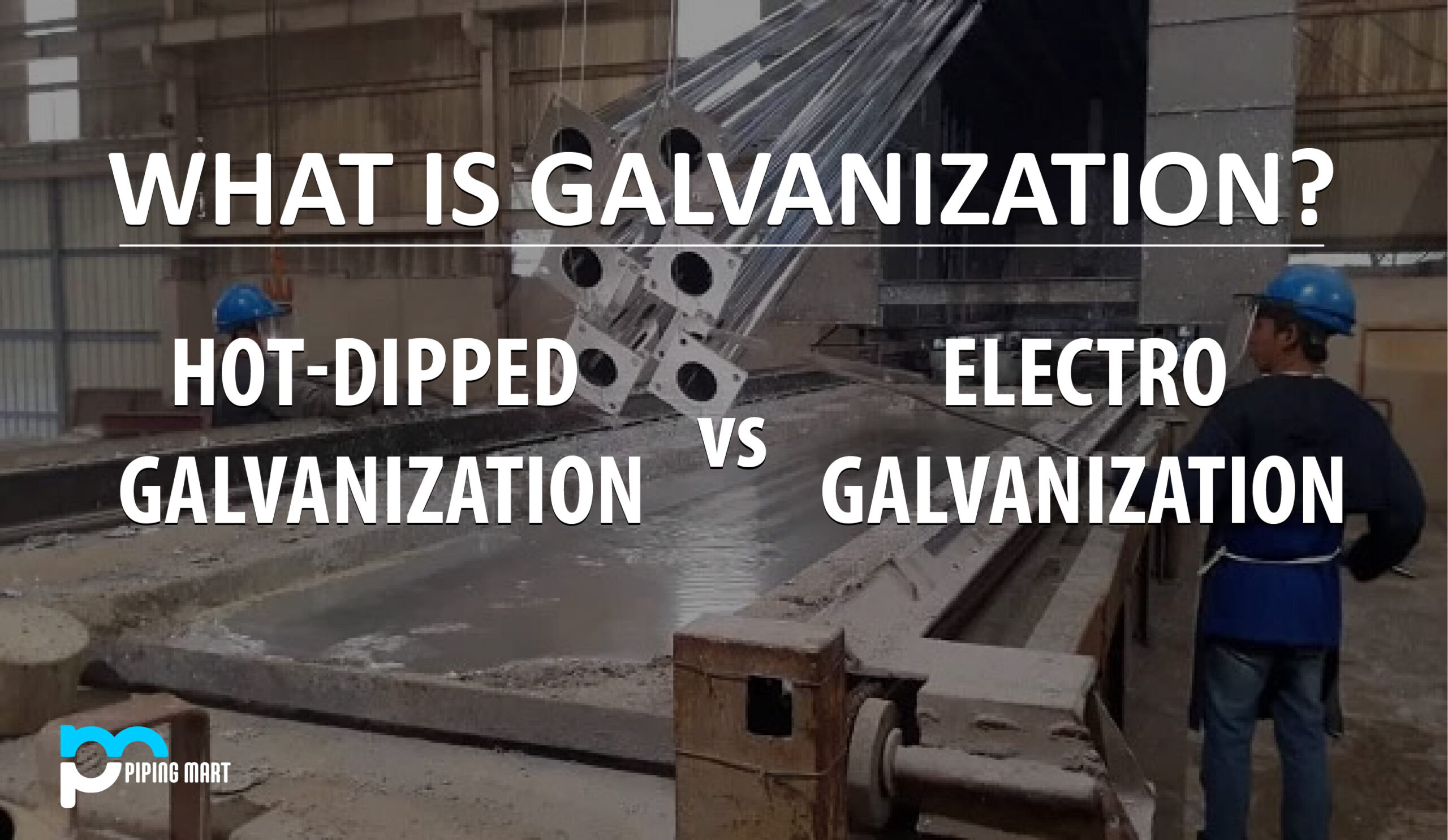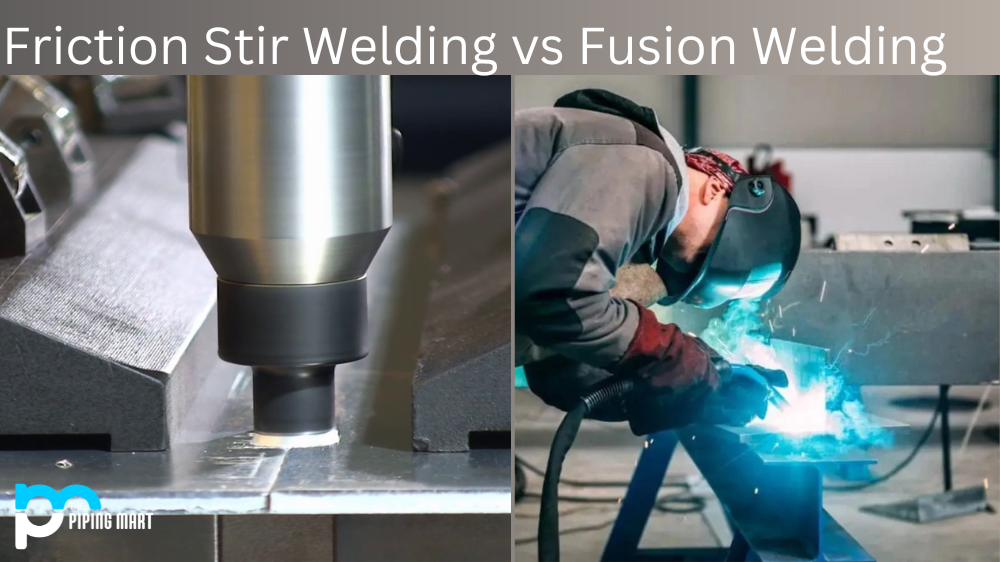What is Galvanization?
Galvanization is applying a zinc coat to iron or steel to prevent rusting. The most used technique is hot dip galvanizing, which involves immersing steel components in a bath of molten zinc. Zinc coatings shield the protected metal against corrosion by providing a physical barrier and, even if this barrier is compromised, by functioning as a sacrificial anode.
What is Hot-dipped galvanization?
The alternative that is presently most in demand in the industry is HDG. For example, the bulk of pipe hanger parts come in Hot-dipped galvanization. It is ideal in situations when the galvanized part is predicted to operate for so many years without maintenance owing to its durability and reliability. When higher-grade, more expensive stainless steel might have been appropriate, it allows using less expensive steel. However, electro galvanization is more appealing in some cases due to its thickness and dull finish.
What is Electro-galvanization?
Electron galvanization is more frequently used when a coating cannot be as thick as HDG, such as on small tools and parts such screws. When aesthetics are a priority, such as in the manufacturing of automobiles, electro galvanization is also used. Because more corrosion resistance is needed and it is not mandatory to jeopardize the mechanical properties of the steel, the process of galvanization is widely used in a variety of industries.
Galvanized steel, which can be identified by the crystallized pattern on the surface (often called a “spangle”), is typically used in applications where corrosion resistance is needed without the costs of stainless steel.
What are the two types of galvanizing?
Hot-dip galvanizing and cold galvanizing are the two types of galvanizing. They differ mainly in their application method and level of protection; choosing the correct galvanizing technique ultimately boils down to finding an optimum balance between cost and performance.
Differences were found between electro-galvanization and hot-dipped galvanization
- The seven-bath treatment used for hot dip galvanization is a rigorous cleaning technique. Alkaline solution cleaning processes include pickling, water rinsing, & fluxing. There is no strict cleaning procedure used in the case of electro-galvanization.
- It is claimed that steel is dipped in a molten zinc bath at 460 °C to create the coat for hot dip galvanization. Instead, electro-galvanization utilizes the electroplating method for building the coating while treating the steel in the electrolytic cell’s cathode.
- Hot dip galvanization generates a Fe-Zn alloy layer on the inner surface of the steel, leaving a pure zinc coating on the outer surface. This alloy is quite strong. Even though some damage may happen to the pure soft zinc at the top, ordinary abrasion doesn’t damage the coating. A Zn layer is created over the surface following electro galvanization, so steel is said to be metallurgically separated from such a layer.
- Electro-galvanization has a minimal life, only a few months to a few years. But, hot dip galvanization has an extremely high life expectancy of 20 to 50 years.
- Excellent finishing can be possible with electro-galvanization. Hot dip galvanization, however, creates a tacky, unpleasant finish.
- Generally, hot dip galvanization coverings range in thickness between 80 to 100 microns. The dipping duration has a direct effect on coating thickness. It is also affected by the composition and roughness of steel. Coating thickness for electro-galvanization is mainly around 10 and 12 micrometres. Here, the electrolyte temperatures and density determine the coating thickness.
- According to estimates, hot dip galvanization is significantly costlier than electro-galvanizing and has a typical coat thickness of approximately 40%. The latter has a regular coat thickness and is far more relatively affordable. However, it is claimed that as coating thickness increases, the price rises correspondingly. As a consequence, it rises in price.
- While electro galvanizing has a uniform coating, hot dip galvanization does have a non-uniform coating.
- While electro-galvanization is suitable for smaller components, hot dip galvanization is appropriate for all sizes.
Hot dip galvanizing process steps
Hot dip galvanizing is a simple process that provides long-term corrosion protection to steelwork.
- Cleaning cycle – chemical clean and diminishing
- Fluxing – helps in lubricating the steel’s surface
- Galvanizing – steel is submerged in a bath of molten zinc
What does hot dipped galvanizing serve?
A technology named hot dip galvanizing was developed to prevent steel from rusting. The steel undergoes a thorough chemical clean, eliminating any rust, oil, and mill scale from the surface before the process begins. The coating method can begin when the cleaning solution has been rinsed off.
What does electro galvanizing serve?
A layer of zinc is added to steel during the electro galvanizing process to avoid corrosion. The process involves electroplating, sending an electrical charge through a saline/zinc solution with a steel conductor and a zinc anode.
Will hot-dipped galvanized rust?
The corrosion resistance of hot-dip galvanizing varies according to its surroundings but generally erodes at a rate of 1/30 of bare steel in the same environment.
Will electro galvanized nails rust?
Cold steel nails are electro-galvanized by immersing them in a chemical solution and applying electricity to it. As a result, the zinc coating is thin & quickly dissolves, allowing these nails to rust quickly when exposed to the elements.

Pipingmart is B2B portal specializes in industrial, metal and piping products. Also, share latest information and news related to products, materials and different types grades to help business dealing in this industry.




